Solidago canadensis, commonly called Canadian goldenrod, is a rhizomatous, upright perennial of the sunflower family. It is native to North America (throughout Canada and the U. S., except absent from South Carolina, Georgia, Florida, Alabama, Louisiana and Hawaii). It is mostly found growing in moist conditions on abandoned farmlands, pastures, fields, thickets, prairies, waste areas and along roadsides.
Central stems are clad with numerous, narrow, alternate, lance-shaped, sharply-toothed, stalkless to short-stalked green leaves (to 6″ long and 1″ wide) which are hairless above but hairy beneath and tapered at each end.
Description from missouribotanicalgarden.org
Home > Plant Guide >
Scientific Name
Family
Garden Type
Wildlife
Native Plant Region
Light needs
Water Needs
Plant Type
Bloom Color(s)
Height
Width
Months in Bloom
Safe Beneath Power Lines?
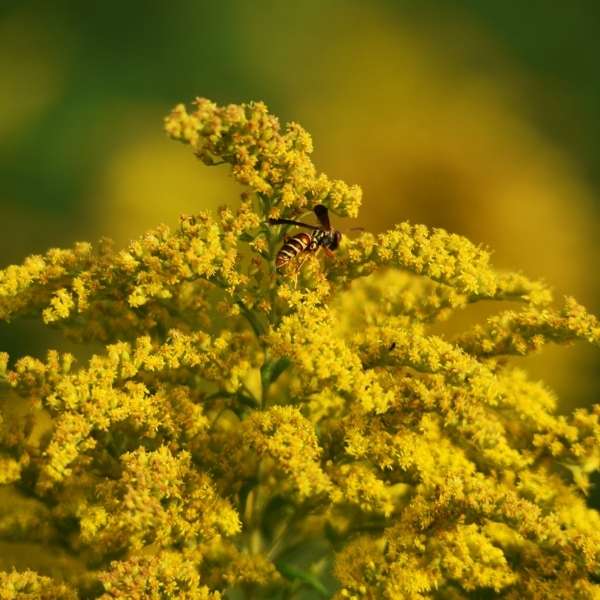
We’d like to maintain accurate and robust plant listings. If you see information that is not correct or that could be added to improve the listing, please let us know. Or if you’d like to suggest a plant to add to our plant guide, you can use this form do so. Thank you!
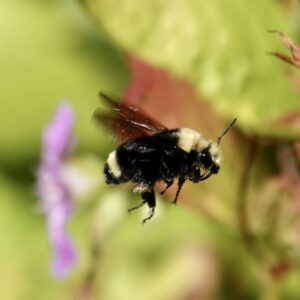
Look closer…and meet the local insects that pollinate the plants around your Seattle neighborhoods. Learn about some of our amazing native pollinating insects.
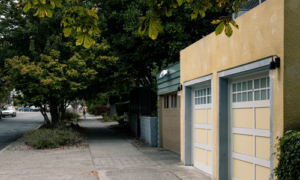
Take a virtual tour of Capitol hill with naturalist and author David B. Williams and gain a new appreciation of the nature of the city and its wild side.

Learn about diversifying the way architecture is taught and practiced from designers of color.
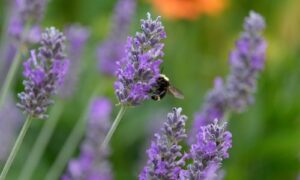
Check out our list of local wildlife-supporting plant stores and nurseries, organizations, and community science opportunities.
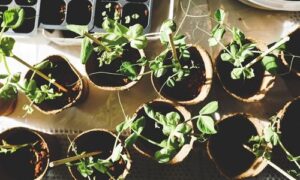
Gardeners can check out seeds for free from the library to plant. Then after harvest, gardeners bring seeds back to the library for others to enjoy in future growing seasons.
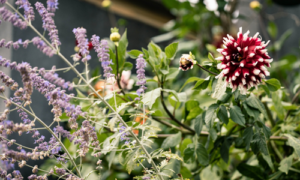
Learn about container gardening with shrubs, trees, herbs, veggies, perennials, and annuals. A special focus will be on plantings that provide pollinators with food and that encourage bird habitat.
Nature of Your Neighborhood is a collaboration between Birds Connect Seattle, the Capitol Hill EcoDistrict, and the Seattle Bird Conservation Partnership. Our goal is to foster relationships between the people and the nature of their neighborhoods.